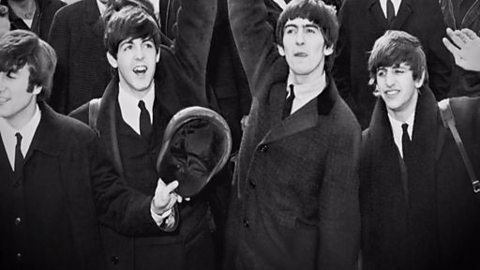As an historian, it's important to keep your eyes peeled. Sources are all around us. We're here in Liverpool, where I'm from, and I've often walked past this pub, Doctor Duncan. Now, I know he was a real person. He must have been someone pretty special that they've named the local pub after him, so let's go and find out some more about him.
Looking around, I can see that Dr Duncan became Liverpool's first-ever medical officer of health in 1847. That's interesting, but I could have found it out elsewhere. What I'm really discovering is evidence of his historical significance. This pub is a great source. It tells us a lot about the status of Dr Duncan. We can see that he was an important person. The whole pub's themed around Dr Duncan. There's medicine cabinets everywhere. They've got posters like this which they've made, which describe him doing great work for the poor in the city. So we get a little bit of a sense of who this man was - why they've bothered to actually name a pub after him.
During the 19th century when Dr Duncan was working, Liverpool was a huge gathering point for thousands of poor migrants and this is all that remains of the kind of housing they lived in. Hundreds of people would have crammed into these few houses in Pembroke Place. Conditions were filthy and overcrowded, death rates were the highest in the country. Diseases like cholera and typhus fever spread rapidly across Liverpool. And Dr Duncan dedicated his life to improving these conditions and reducing death rates.
I'm here at Liverpool's central library and records office to explore some sources that show how he went about it. I have here a great source. These are some of his early reports on the conditions in Liverpool when it came to public health. He's talking about it having an unusually high mortality rate and so he decides he's going to try and do something about this. He says here that it's… So he says what we need is… He says, "With regard to the cleansing of filthy houses, I've thought it desirable in the case of the poorest class of the population that notice should be served on the owner rather than the occupier." So he's making real inroads here into improving public health by improving the condition of the working class through the landlords.
Dr Duncan set in motion schemes to reduce disease by improving sanitation in homes, cleaning up the water supply, and encouraging the building of sewers. Death rates began to fall. But did that continue? I'm looking for a source that can tell me what happened to public health here after Dr Duncan died… and I've found one. This is a really wonderful source produced by the city of Liverpool. It's charting a century of progress in public health and it starts straightaway with Dr Duncan. It's talking about him as being very innovative and we can see these innovations when you look at this huge contrast between what happens over the 100 years. It says in 1847 the life expectancy for a child born in Liverpool was 19, whereas by 1947 it was 55, so it's certainly moving in the right direction.
And there are some really good graphs in here which give a sense of progress. We can see that from the 1840s to the 1940s that the population was going up in the city and we also see over here that Liverpool's death rate was steadily declining. Conditions got better in the city, public health improved, so Dr Duncan made a real impact in Liverpool. It's interesting how a source in an unexpected place can set us off on a journey. We saw from Dr Duncan's pub that this was somebody really important locally and we saw from his reports that he was really concerned with improving public health conditions. We saw from the pamphlet that he was successful at doing that. I can see now why people here in Liverpool wanted to find a way of commemorating Dr Duncan. He really did lead the way in transforming the health of this great city, and that's why he's become a feature of Liverpool's landscape.
Video summary
This film looks at historical sources relating to efforts to improve public health in Liverpool in the nineteenth century.
It follows the journey of Dr Sam Caslin, from Liverpool University, as she explores the story of Dr Duncan, the eponymous figurehead of a well-known public house in the centre of Liverpool.
The film begins with Dr Caslin exploring the Dr Duncan pub in central Liverpool, which is full of memorabilia relating to Duncan, who was Liverpool’s and the countries first Medical Officer of health.
She also visits Pembroke Place, the last remaining collection of 19th century housing in which migrants to Liverpool lived in appalling conditions.
Regular outbreaks of cholera and other diseases led to epidemics and life expectancy was very low.
Continuing her investigation, Dr Caslin visits the Liverpool Public records office where she discovers the major contribution made by Dr Duncan to the city’s health.
He was determined to improve sanitary conditions, make landlords improve their buildings and drive up standards of public health.
The film reveals that his efforts were rewarded with life expectancy continuing to increase until the present day.
This clip is from the series Hunting for History.
Teacher Notes
This film looks at the work of a public health pioneer in Victorian Liverpool.
After watching the analysis of the sources by Dr Caslin, students could be asked to analyse how she made use of the sources and built an argument.
They could then be asked to write a paragraph or give a short presentation in response to the question: ‘How did Dr Caslin use evidence to convince you that Dr Duncan was a significant individual and how convinced were you?’
This clip will be relevant for teaching KS3 History in England, Wales and Northern Ireland and 4th level People, past events and societies in Scotland.
Magna Carta. video
A look at what sources can tell us about the importance and origins of Magna Carta.

The British Civil Wars. video
An exploration of how sources can help us understand the impact of the British Civil Wars on ordinary men and women.
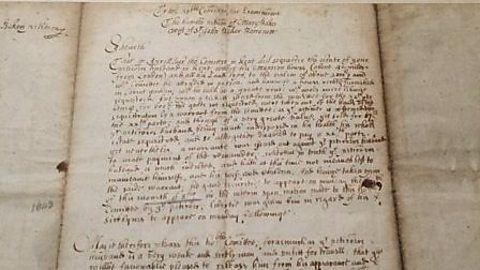
The Cuban Missile Crisis. video
Exploring what historical sources reveal about how close Britain came to nuclear war in the early 1960s.
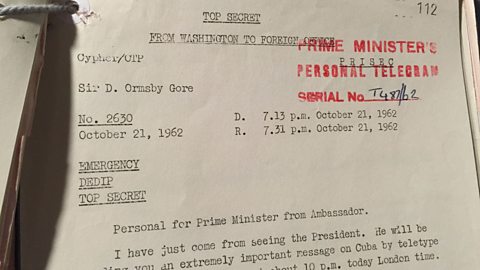
The Slave Owner. video
An exploration of how sources allow historians to understand more about the life of a wealthy Welsh slave owner.
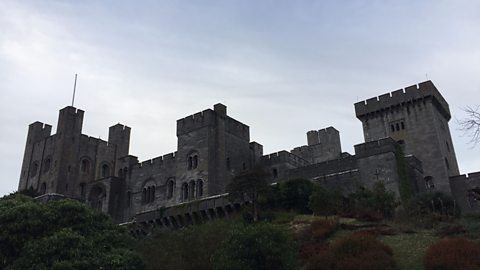
William Wallace. video
A look at how sources can help separate the myth from the man that is William Wallace.
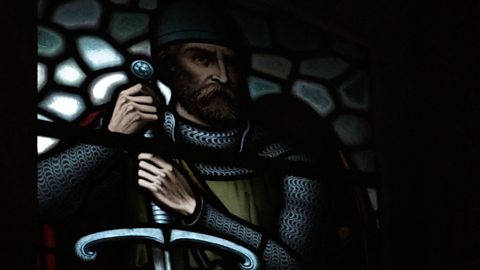
What was life like for young people in 1960’s Britain? video
An exploration of historical sources from the 1960's reveals deep seated changes in attitudes among young people.
